Ancient People Came From All Across Briton to Party at Stonehenge
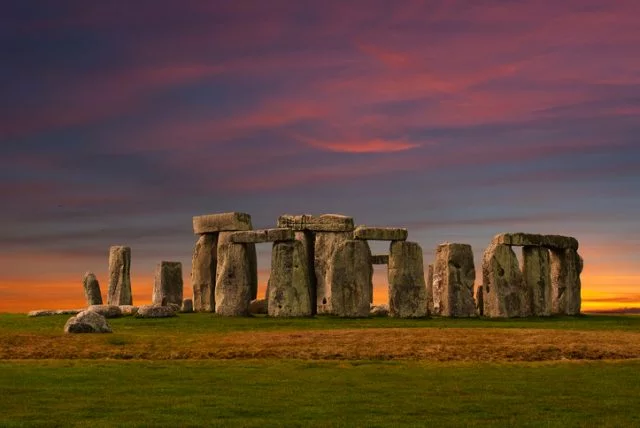
There are few places on earth that have elicited as much wonder and speculation as Stonehenge. Over the past few centuries, researchers have developed multiple theories concerning its purpose and use, and definitive evidence has been difficult to find.
According to History.com, the unearthing of human bones has pointed some to the belief that Stonehenge was an ancient burial ground and temple for performing death rituals. The findings date the bones across a span of 1,000 years, and examination has shown signs of ceremonial practices.
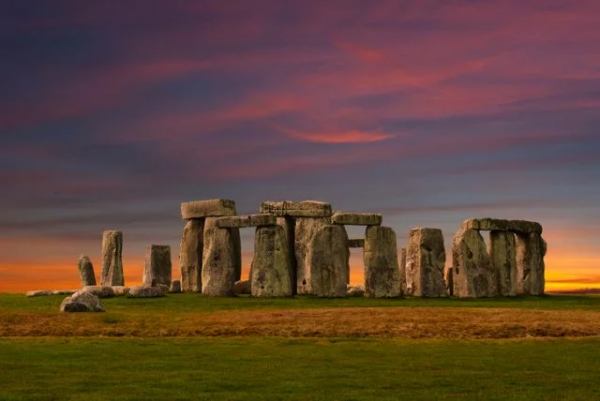
Still others have looked at different pieces of evidence, like the fact that Stonehenge’s entrance faces the sunrise on the summer solstice and concluded that it must have served a purpose for ancient astronomers.
This could include tracking the movement of the sun and moon to mark the days or determining the changing of the seasons. Now, new evidence has been revealed that suggests that Stonehenge had another purpose.
The recent discovery of large piles of pig bones is leading many researchers to conclude that Stonehenge was the site of huge feasts. That’s right, this mysterious monument is the setting for ancient barbecues.
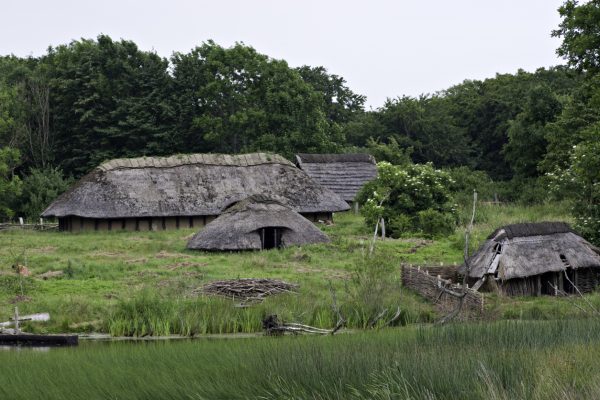
Pigs are the perfect animal for feeding a lot of people, and they were readily available across all of Britain. While this may seem like a funny and unimportant conclusion after centuries of speculation, researchers from Cardiff University believe these findings can offer a lot of information about ancient Britons.
According to Popular Mechanics, those studying the pig bones found that the remaining isotopes, like strontium, oxygen, and carbon for example, could paint a better picture of what went on at Stonehenge.
The presence of these different elements, which are affected by diet and environment, could help identify the habitat where the animals were raised. Across a sample of 131 pig remains, researchers found multiple different isotopes and concluded that the pigs did not all originate locally.
That means that these ancient pork barbecues were drawing people from all across Britain. People even came from modern-day Wales and Scotland to join in on the party. This is significant because there has previously been little evidence of community between ancient people across the continent.
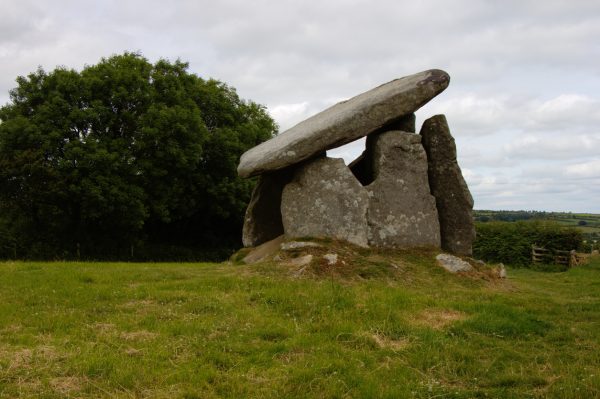
It has been widely believed that society during the Late Neolithic age, about 4500 years ago, was not yet advanced enough to engage in this type of interconnectivity. Technology at the time was still very primitive and mobility was limited even without the burden of herding pigs across large stretches of land. Yet, the people found a way.
This points to the important nature of these feasts. Who would take on the trouble of herding pigs across hundreds of kilometers for a simple party? In reality, these feasts were likely very important to the ancient culture and seem to align with, instead of contradict, some of the earlier theories.
On one hand, researchers have concluded that these feasts likely happened around the same time each year, right around the fall harvest. This could contribute to the theory that Stonehenge acted as an important tool for ancient astrologers.
However, the aforementioned difficulty of herding and moving these pigs points many researchers to support the idea that Stonehenge had a ritualistic importance.
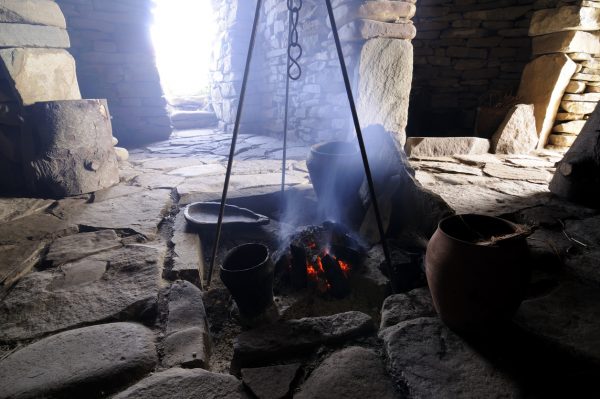
These feasts clearly meant a lot to the people who came, and it is possible that they were motivated by a need to celebrate, mourn, and bury those who had passed on.
Another Article From Us: Investment Sought for $6 Million Cloning Centre For Mammoths
Either way, it seems that the backyard barbecue is not a modern-day invention. Thousands of years ago, ancient Britons came together as a united people to feast, celebrate, and engage in important cultural rituals with each other. Like our modern gatherings, they brought their own contribution to the feast in the form of a pig and gathered at Stonehenge for a massive pork roast party.
